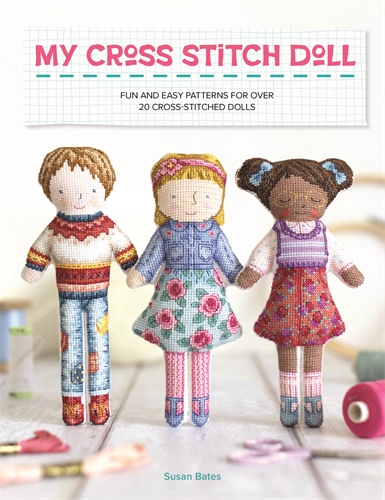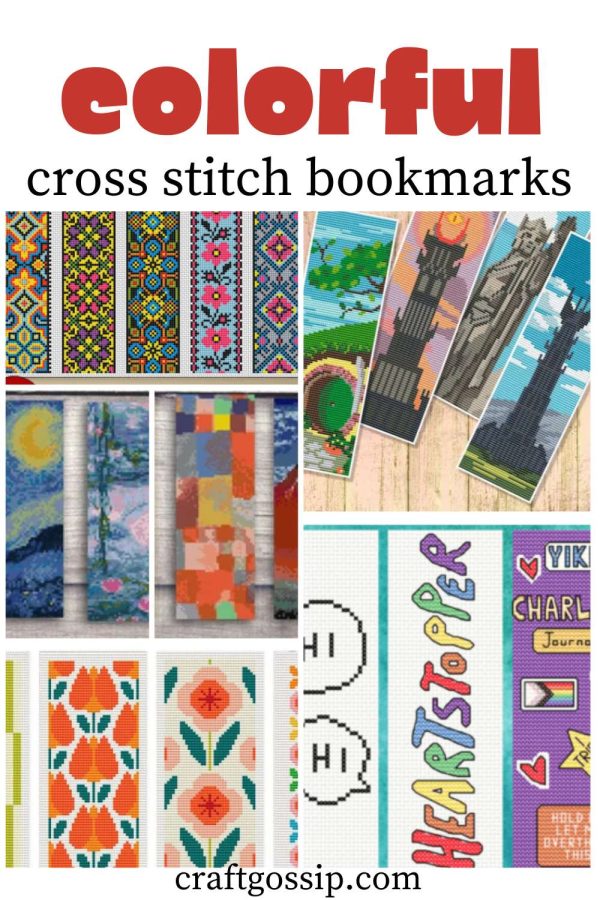 Even as our kids’ lives get more saturated with technology, many kids still like playing with dolls and imagining worlds for them. Making a doll for a child is a lot of fun, and you can personalize them for the child’s style or interests.
Even as our kids’ lives get more saturated with technology, many kids still like playing with dolls and imagining worlds for them. Making a doll for a child is a lot of fun, and you can personalize them for the child’s style or interests.
My Cross Stitch Doll by Susan Bates includes charts for making 20 specific dolls, plus a mix and match section with other options (though of course you can mix and match charts from the main section, too).
The dolls are stitched on 28 count evenweave (equivalent to 14 count Aida, but a little easier to sew up when you’re done stitching) and use whole cross stitches and back stitch. There’s a chart for the front and the back of each doll, which are trimmed, sewn together and stuffed to make the dolls.
There’s a wide variety of options for dolls including a ballerina, a person dressed for playing in the snow, girls in pinafores or floral skirts, sportier clothes options like a vintage varsity jacket or joggers, one in pajamas, another in a dapper suit. Accessories like headbands, glasses, bracelets and a backpack could be altered or interchanged to make your own unique doll.
The mix and match section includes additional hairstyles, hats, tops, bottoms and shoes, along with tips for how to combine patterns whether you work from these or ones shown earlier in the book. You could even design your own once you have the dimensions of your doll.
A techniques section at the back of the book includes tips for cross stitching and finishing the dolls. There are a couple of diagrams showing stitching lines but no photos of the process, which might have been helpful for people who haven’t made 3-D cross stitch projects before.
My Cross Stitch Doll is a fun book that’s sure to get you thinking about how you could represent a loved one or yourself in cross-stitch form. Of course you can also just stitch a doll you like without it matching your personality. The book gives you lots of options and the confidence to design your own details if you want to.
About the book: 112 pages, paperback, 20 patterns. Published 2024 by David & Charles, suggested retail price $24.99.
